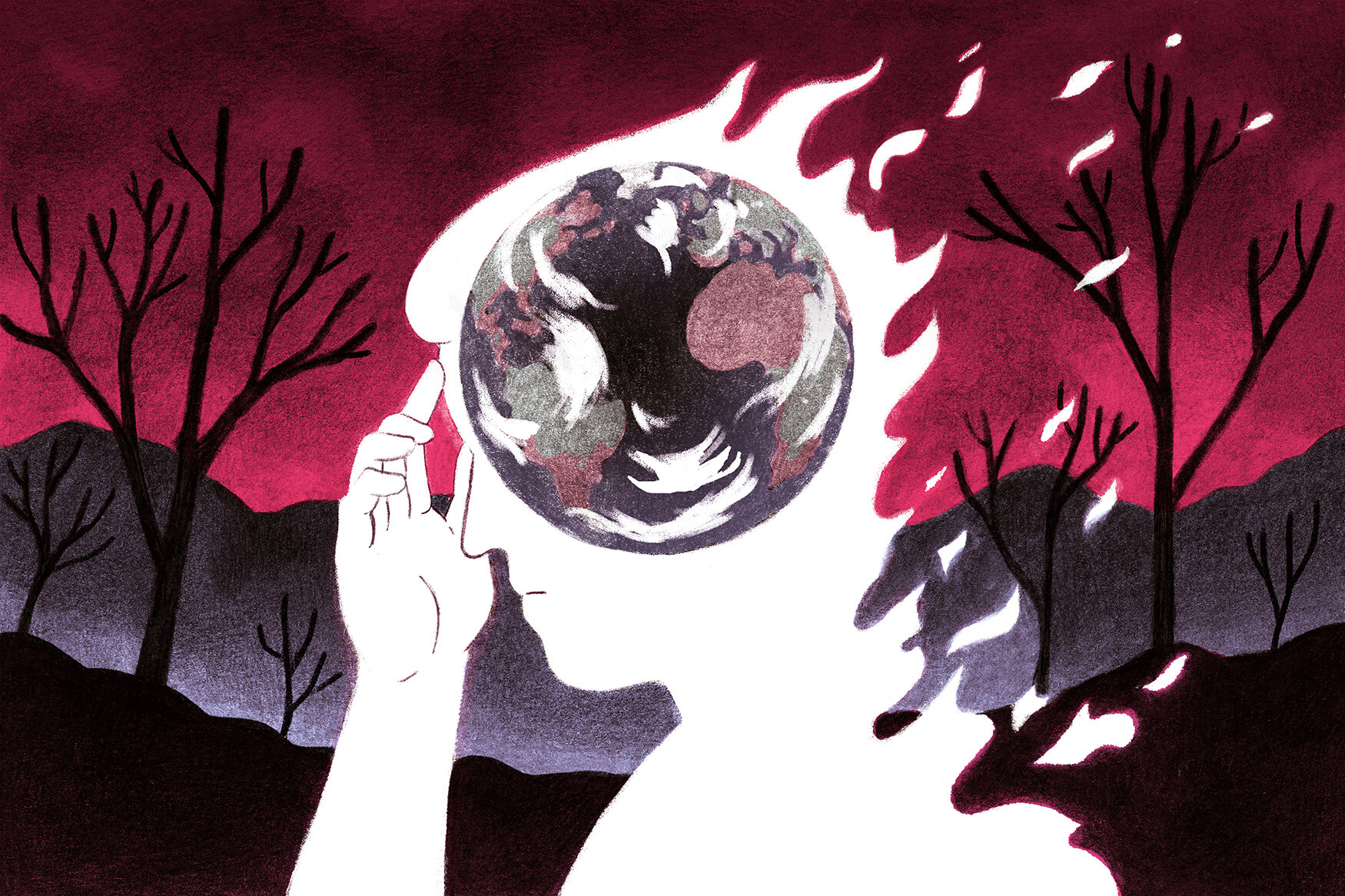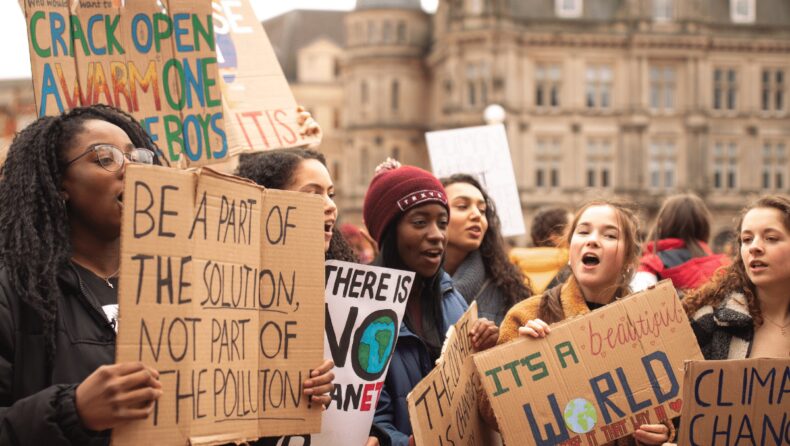Young people are the prime target of climate anxiety. Their heightened sensitivity to climate change impacts is a fair reaction to the genuine dangers facing our planet. In any case, here’s what you should do about it. Our global climate effect will peak in 2024, making climate change the clearest and most immediate threat to our environment. This realization is having a negative psychological impact. Anxiety over the government’s reaction to the climate catastrophe is a major contributor to the growing awareness of the human influence on the earth (consumption, greenhouse gas emissions, pollution, depletion of natural resources, and usage of fossil fuels). Climate change anxiety describes a person’s unexplained feelings of hopelessness and despair over the future of the world.

What exactly is climate anxiety, and who is most likely to suffer from it?
The term “climate anxiety,” which also goes by the names “climate change anxiety” and “eco-anxiety,” refers to the distressing sensation of knowing that one’s actions have a detrimental influence on the environment. It may be exacerbated for people of color, who already face a greater mortality risk from climate change’s air pollution, floods, and excessive heat. Climate concerns may add to the burden of generational trauma from institutional racism and white replacement theories.
Is it possible to have genuine climate-related anxiety?
Climate change is a serious phenomenon, and so is the accompanying fear of its effects. It might be difficult to comprehend or detect climate anxiety because it is not a diagnosable medical illness. Most of the time, the signs of this condition aren’t physical at all. It’s a catchall word for a range of understandable concerns about the future of our planet, and it’s a genuine phenomenon.
Worrying about potential climate events and having negative gut reactions to climate change news are both symptoms of climate anxiety. It can also manifest in the form of persistent feelings of worry, anger, or sadness. People who suffer from climate anxiety may have trouble sleeping because of their concerns about environmental degradation, have an adverse reaction to the sight of imported foods in excessive packaging, or are pessimistic about the possibility of a positive human future. It’s possible that the effects of climate anxiety are extending into our social interactions. The heterosexual dynamic in particular, but couples in general, can benefit from this. Long considered a “women’s fight,” sustainability and environmental issues have clear evidence that climate issues are more likely to motivate women to take climate action.

Dealing with Climate Anxiety
The first step in overcoming climate anxiety is realizing that you aren’t alone in experiencing it. All countries, even the most environmentally conscious ones, make mistakes. Changes in perspective on the causes of climate fear might be helpful. Negative climatic emotions like worry and loss serve as a reminder that we are human beings with strong attachments to family, friends, and the world at large. Finding community with those who understand what you’re going through can also be helpful. Even if none exist locally, you may always join a group that caters to those who suffer from climate-related anxiety.
How to comfort those who may be suffering from climate anxiety
Do you want to help someone who is suffering from climate-related anxiety? In order to aid those who suffer from eco-anxiety, it is important to listen to them, recognize the validity of their concerns, and not dismiss them. One way to help those who feel powerless is to encourage them to discover productive ways to participate in the world, such as via activism or participation. According to research published in Current Psychology in 2022, group environmental advocacy has been demonstrated to reduce climate-related stress and sadness. Participating in a climate change organization, going to a rally, or coordinating with others to reach out to lawmakers are all examples of this.
5 Ways to Ease Your Climate Anxiety
Concerned or stressed out by the state of the world? If you suffer from climate-related anxiety, try implementing the following five steps.
1. Recognize the significance of even the smallest of your actions
The statement holds true. If you’re doing what you can for the world, it’s got to count for something, even if it sometimes feels like you’re not doing enough or that no one else is either. Correct recycling, composting, and using a reusable straw are just a few examples of little activities that may make a big difference.
2. Be more present in your experience
Practicing mindfulness is a wonderful practice regardless of the source of your stress or worry. This is not a solution developed specifically for climate anxiety, but it can be helpful.
3. Look for support in communities
For those who suffer from climate-related anxiety, there is no shortage of helpful groups to join. You need just to go look for them. If you’re looking for a place to belong despite your climate-related fear, Bechard’s list of options is a good place to start.
4. Get involved in climate change initiatives
Even in the midst of a climate-related panic attack, doing good for the environment might help you feel better. Actions that demonstrate your concern have an effect not just on the people and places around you, but also on your own health and happiness.
5. Spend Time in Nature
Given that your environment is likely a major contributor to your stress levels, it may seem paradoxical to try and relieve it by spending time in nature. Even yet, re-establishing a bond with Mother Nature may be a powerful resource.













